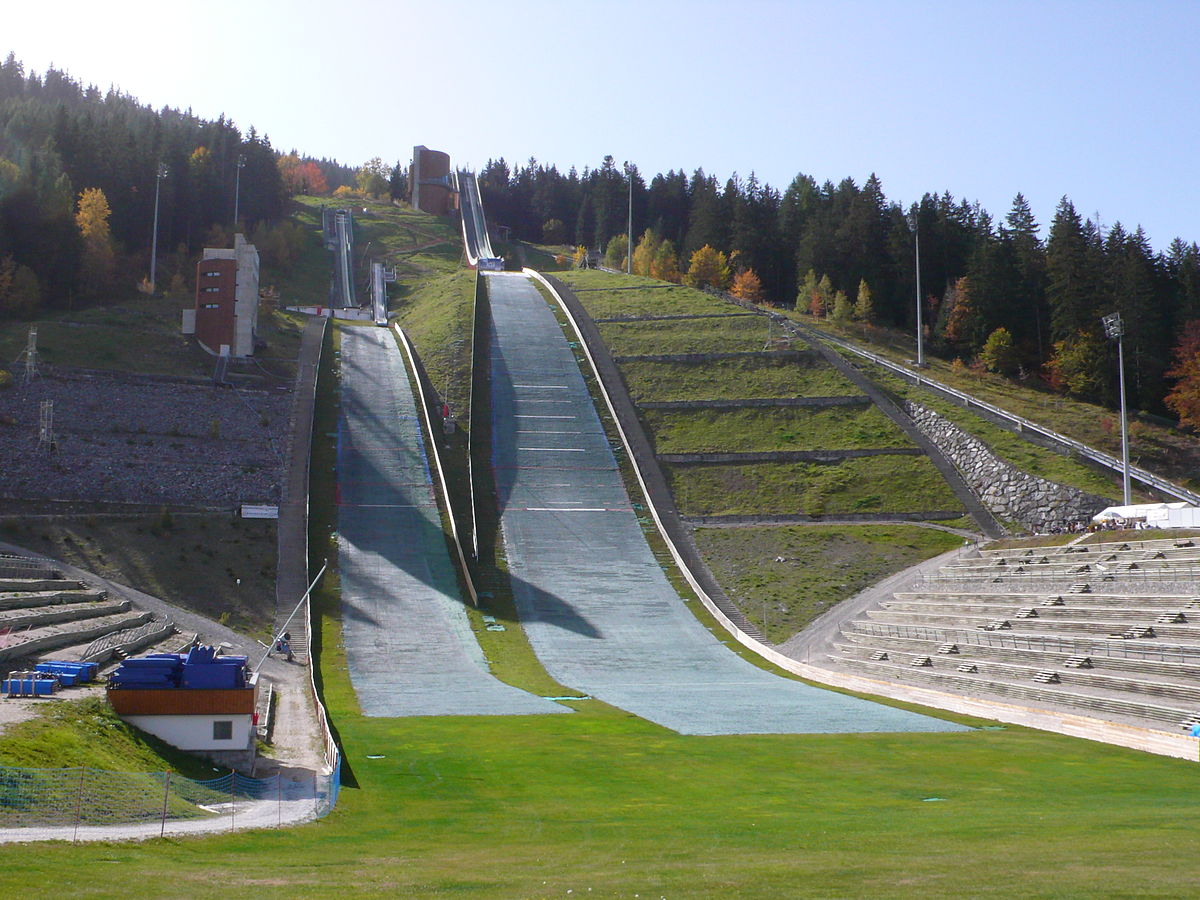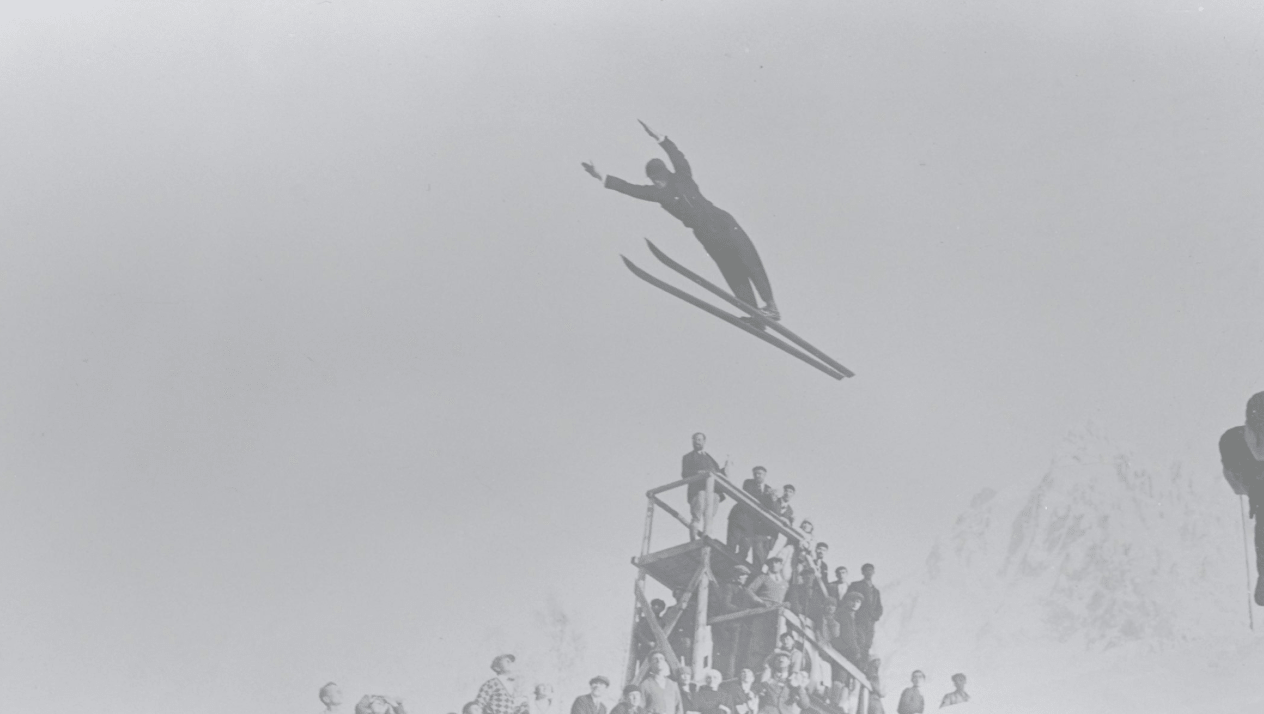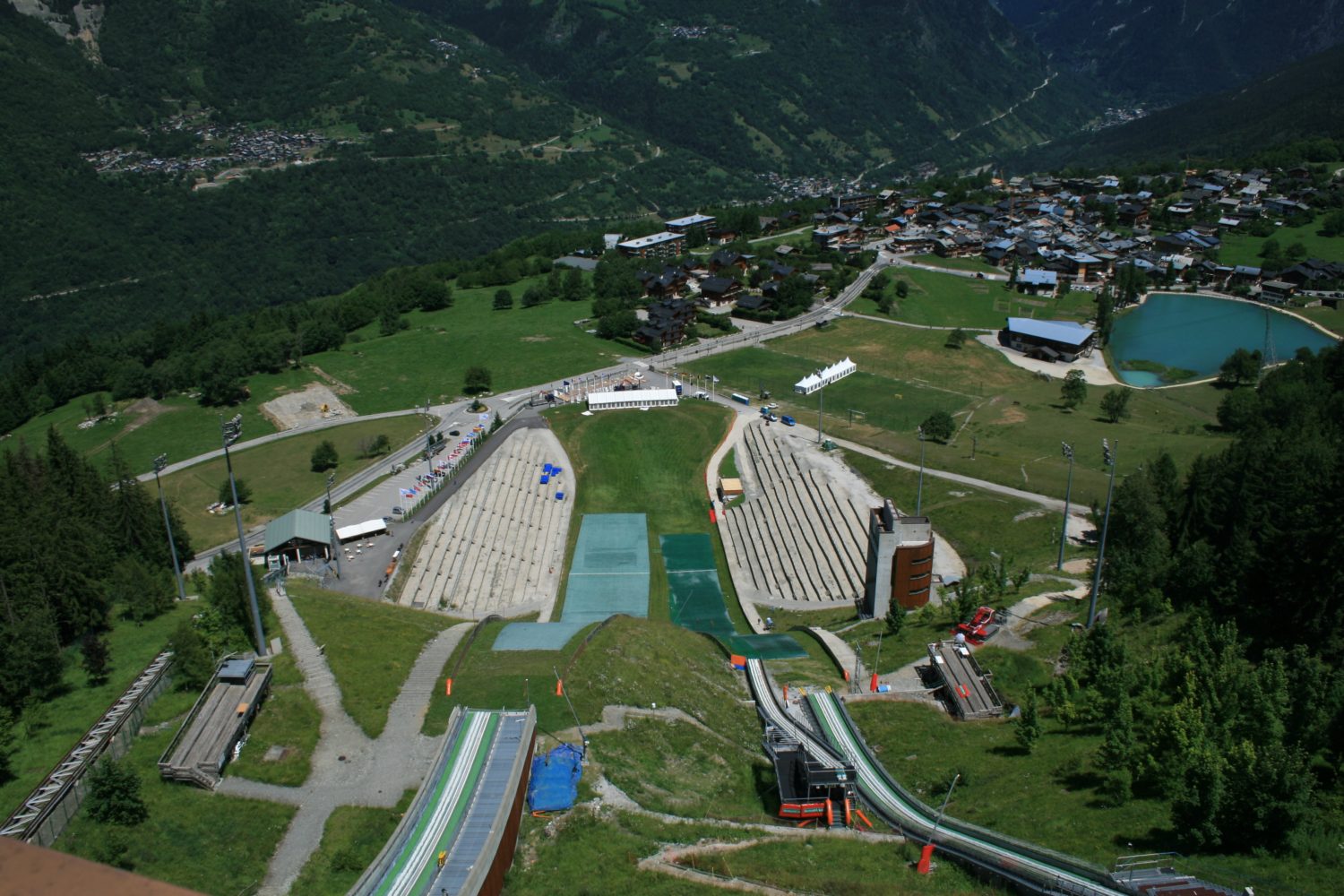Ski-jumpers are a rare breed. I mean, who else would launch off a 120m high ramp at 90mph, ‘fly’ 250m and then land with only a lycra suit for protection?! It takes skill, bravery and just a little bit of crazy. But thanks to a new development the one thing they now no longer need, is snow.
The ski-jumping facility at the Olympic Site, Tremplin du Praz, Courchevel, France, has spent 1.5m Euros ($1.8m) upgrading their ramps so they can be used all year round, revolutionizing the training possibilities for this years Winter Olympic hopefuls.

Two jumping ramps, one accommodating the 90m and 120m jumps, and the other for beginners with 60m and 25m ramps, use a combination of ceramic porcelain tiles during the summer, and a water cooling ice system in the winter, to create the optimal surface for skiers. Both provide almost identical conditions, enabling jumpers to reach speeds of 90mph, and distances of up to 250 metres.

The secret to being able to jump all year round is the pumping factory which supplies the water needed to make the system work. This irrigation system is vital in the summer when jumpers slide down directly on the lubricated ceramic nubs, on to the take-off ramp and are launched off. In winter, the cooling equipment integrated in to the system maintains a stable 20mm layer of ice, and an integrated ice-cutter and brushes regulate the thickness of the ice.

Ski jumping has been part of the Winter Olympics since 1924, and technology has played a big role in its development. Improvements in skis, slopes and security systems have helped athletes to achieve records and reduce injuries, and this latest advancement means athletes can train year round, pushing the boundaries of human ability even further.
The origin of ski-jumping can be traced back to Olaf Rye, who jumped 9.5m in 1808. The current world record stands at 253.5m, held by Austrian Stefan Kraft.

With these huge advancements in training, who would bet against the record falling at next years Winter Olympics in The Republic of Korea. And with more and more artificial ski areas, and indoor mountains being developed, where will this end. Will we eventually be able to train all year round without snow?
Not sure if it’s exactly the same but they’ve been training year round on a similar artificial surface in Lake Placid for close to 20 years. I had friends in high school who trained on it. Not sure if this is really that revolutionary.
And it’s worth noting that the U.S. holds its national championships for ski jumping and nordic combined in the SUMMER.
I’ll bet against the world record falling at the 2018 Olympics. ‘Ain’t going to happen.
The olympic hill in South Korea is nowhere near the size of the hill that produced the world record. The longest jump so far at the olympic venue is over 100 meters shy of the world record.